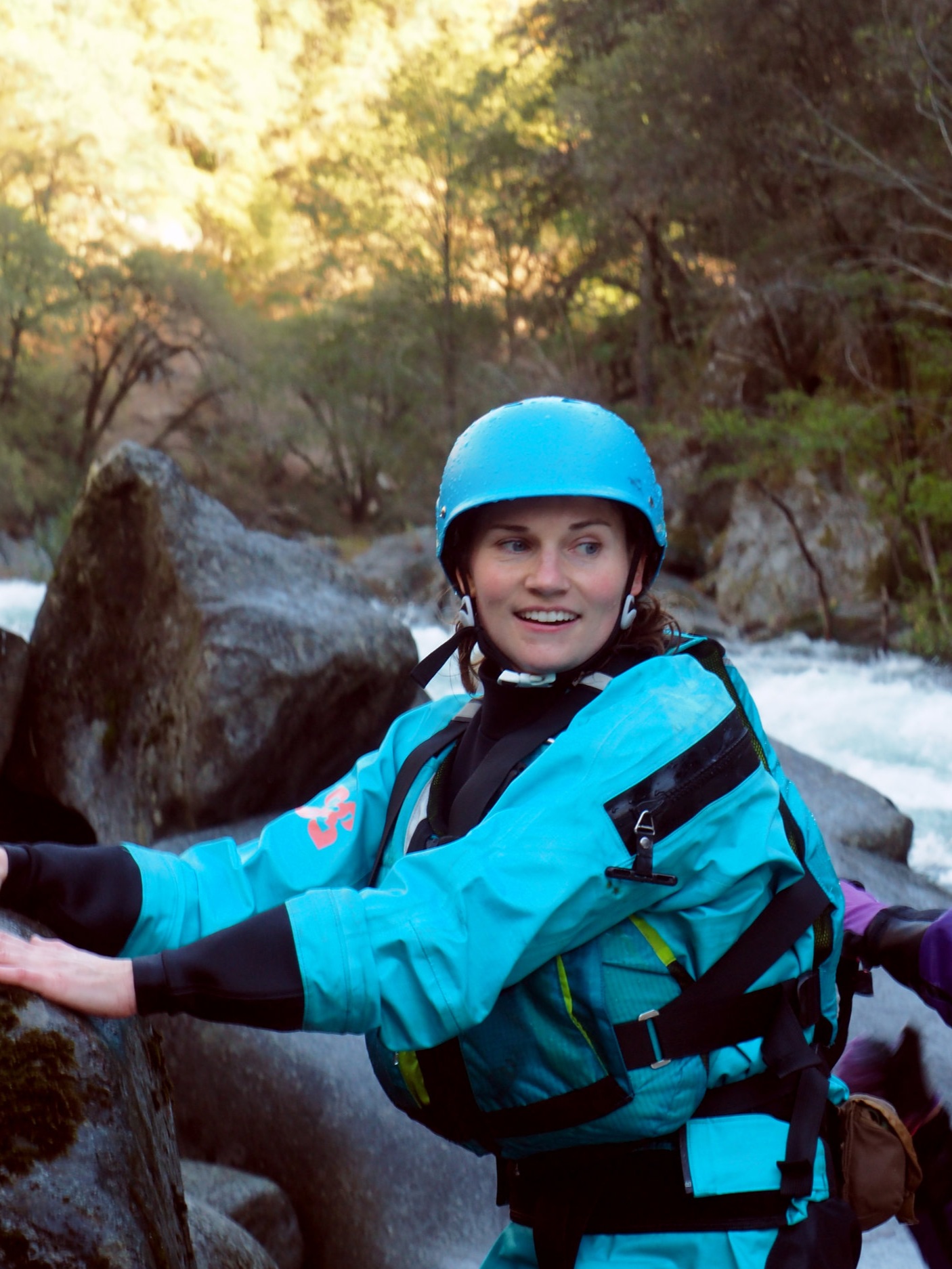The Gear Shed - Helmet Fit and Modification
In the world of helmets one size definitely does not fit all. Unfortunately helmet manufacturers are forced to make a very small variety of uniform sizes. NRS for instance typically only has 2 helmet shell sizes yet the average circumference rage of American heads is roughly between 21 and 25 inches. Partly there are built in adjustments in helmets, but what happens when my helmet doesn’t fit properly? We reached out to our friend Kristen at The River Store for some advice on how to properly fit a helmet.
Head Shape Vs Helmet Design
The shape of your head has some pretty important implications for what kind of helmet you can buy. Heading over to a local paddling shop is super important since it gives you a lot of opportunities to try out different pieces of equipment to get the right fit for the shape of your head. When you look from the top down most people have one of two different head shapes:
Circles
Ovals
Buying a helmet designed for a circular head when you have an oval shaped head mans you will generally experience a fair amount of discomfort in the front and back of your head as the helmet squeezes your head from the front and back. Likewise having a circular head and wearing an oval shaped helmet can cause discomfort to the sides of your head as the helmet will not have enough area on the sides of the helmet and will squeeze the sides of your head. WRSI helmets like the current are designed with circular heads in mind, while helmets like the Sweet Rocker are designed with more of a oval shape in mind.
What is a Good Helmet Fit?
Our friend Kristen from the river store in Coloma likes to say a helmet should feel like a nice hug, not to loose not too tight. It is also important that if you notice some play in the helmet that you get it adjusted as soon as possible. Shell size, paddling, forehead coverage, and ear coverage should also play into your decision making process. There are several built in ways in every helmet to help adjust the helmet to fit you better
Adjusting the brace at the back of your skull is the one of the most important stock adjustments to your helmet. This adjustment point will prevent the helmet from moving forward and backwards and exposing your forehead in a swim.
The ear adjustment is the next most important point. This adjustment will help to make sure the helmet straps have uniform pressure exerted across the shell. Having the helmet exert uniform pressure across your skull will help keep it in place and prevent side to side movement of your helmet.
Adjusting the chin strip is also a super important factor in helmet fit. Having the chin strap sung against your chin where it cannot slip over your chin is critical since it prevents the helmet from sliding back and forth as well as preventing it from falling off during a swim.
Modifying Whitewater Helmets
Before you make any significant modifications, it is important to adjust everything possible on your helmet to get is as close to a perfect fit as you can. Once you have the stock adjustments complete then you can begin to get the fit perfect. Our friend Kristen recommends people start by adding a small strip of padding to the back of the helmet inside the liner to help remove any slight forward to backwards play in your helmet.
If you are experiencing a bit of play side to side you can always add some small strips of extra padding under the liner near the temples. This will not only keep the helmet in place, but also keep from distracting you in a rapid by preventing your helmet from slipping.
Getting a universal fit kit and strategically placing foam right were you need it can go a long way to making sure you have the proper fit for your helmet.





